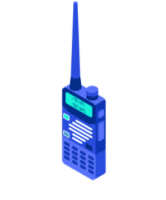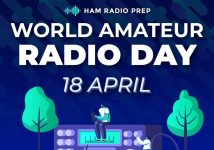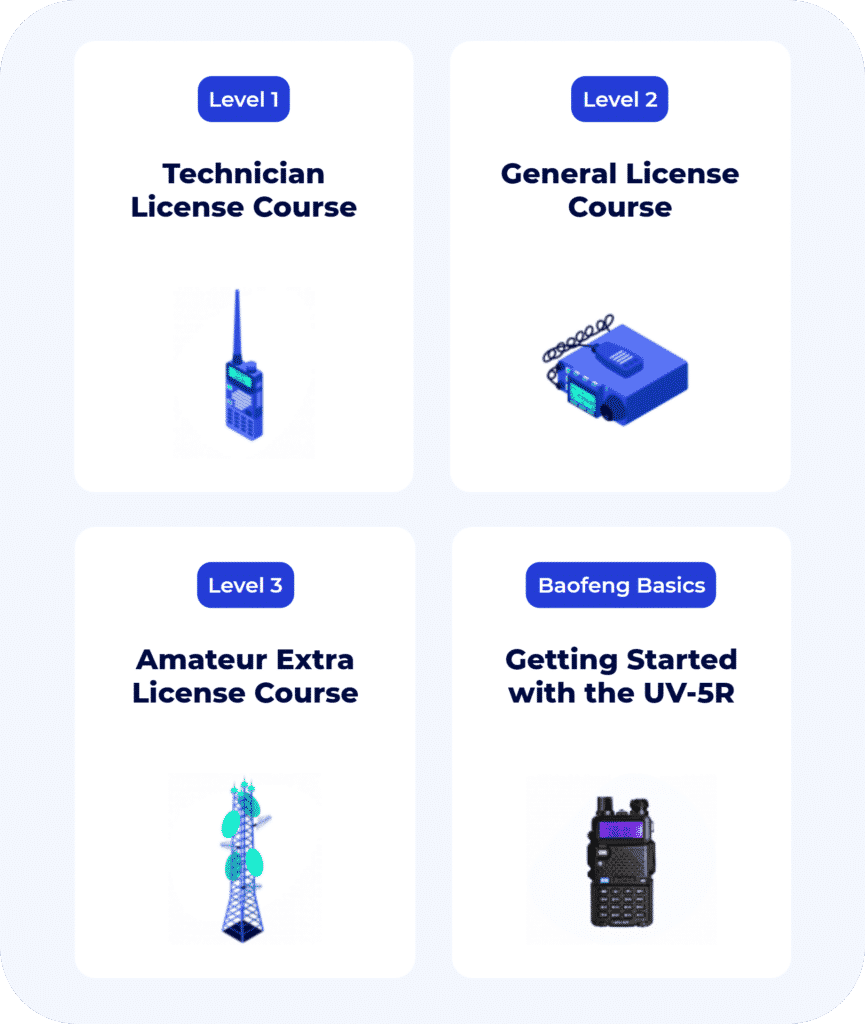The story of ham radio is really about the story of the people who make it happen. I’ll introduce you to a few of those hams coming up.
I’m Jim, N4BFR, one of the instructors at Ham Radio Prep.
Amateur radio, or ham radio as it’s known, is defined by the government as having specific missions, including developing people skilled in electronics, creating international good will through communications, and providing public service communications when needed.
Famous Ham Radio Operators & What They Do
By telling the stories of a few of these 700 thousand hams, I hope you get insights on what ham radio might do for you.
1. Electronics Knowledge (Steve Wozniak)
To get your ham radio license, you’ll be asked about questions related to electricity and electronics – including components like resistors and how they work.
A kid named Steve learned electronics partly through ham radio; in fact, he earned his first license by the age of 10. He went on to build his own radio and to use the knowledge of circuits and more to do something much bigger for society.
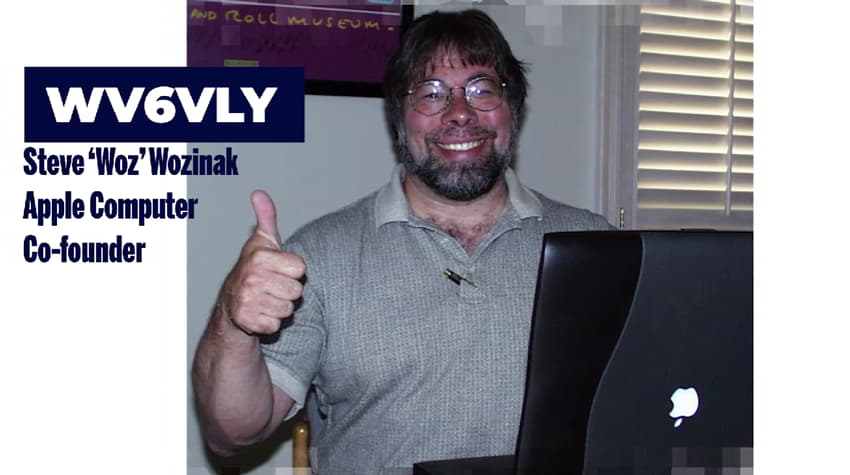
The Steve known in the ‘60s as WV6VLY is known better as just Woz. Steve Wozniak, co-founder of Apple computers, is a former ham who developed electronics skills through amateur radio.
2. Radio Sport (Tom Georgens)
While we’re in Silicon Valley, let me introduce you to Tom. During the day, Tom ran a multibillion-dollar data storage company. On his weekends, he would blow off steam with radiosport.
That’s called “contesting” in ham radio.
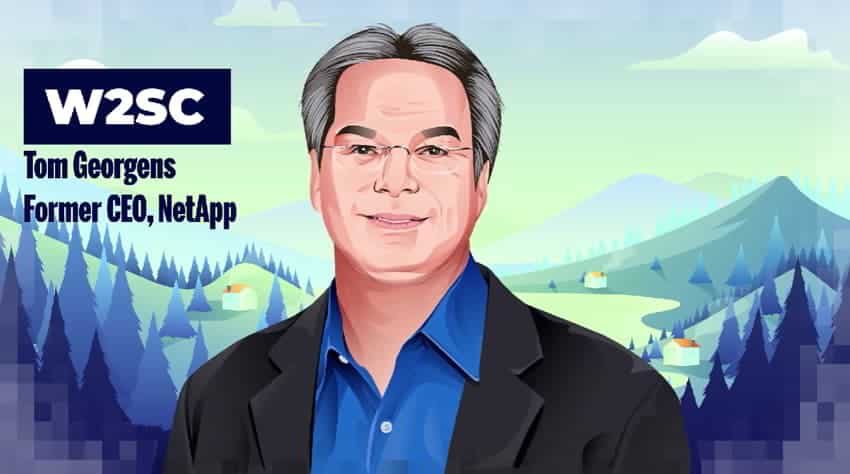
Tom would fly from California to Barbados a few times a year and stay up for 48 hours straight trying to get the most countries in his log. Tom Georgens, W2SC, got his license at 14 and has actually won a few awards for his contesting. He’s also represented the US in the World Radiosport Team Championships.
3. International Communications (Hussein, JY1)
A special part of ham radio is international communications. Talking ham-to-ham around the world. If you grew up in a middle-eastern country in the ‘70s and we’re a bit of a radio hobbyist, you probably listened to shortwave radio. Shortwave broadcast frequencies border the ham bands and were rich with news to hear what the world was saying and doing.

One way to establish international fellowship was to communicate out of your homeland on Ham Radio. Establishing that with not just hams, but people around the world was a man named Hussein from Jordan. Hams know him as JY1, but people in his country called him King Hussein.
4. Out of this world radio (Owen Garriott)
One of the hams that King Hussein talked to was Owen. Now Owen loved electronics and ham radio, but he loved space even more. You see, ham radio and space go hand in hand; today there are satellites completely built by amateurs that pass over the skies.
When Owen went to work for NASA he made his first trip to space on Skylab III, but there was no ham radio in human spaceflight. Yet. So, on his second trip to space aboard Space Shuttle Columbia, he took ham radio with him and became the first ham to make a contact from space.

Owen Garriott, W5LFL, was on STS-9 at the time. His son Richard would travel to the ISS and be one of the astronauts who makes contact with schools as part of the Amateur Radio on the International Space Station program. 50-60 contacts from the space station to students happen every year.
5. Experimentation (Joseph Taylor Jr)
Another tenant of ham radio is experimentation. What can we do that’s different with radio waves?
That brings up Joe, a man whose day job was listening to the stars, and helped turn many hams on to what is now the latest ham radio thing. This physicist spends his time in ham radio developing software that makes it easier to communicate and hear messages at very low noise levels.
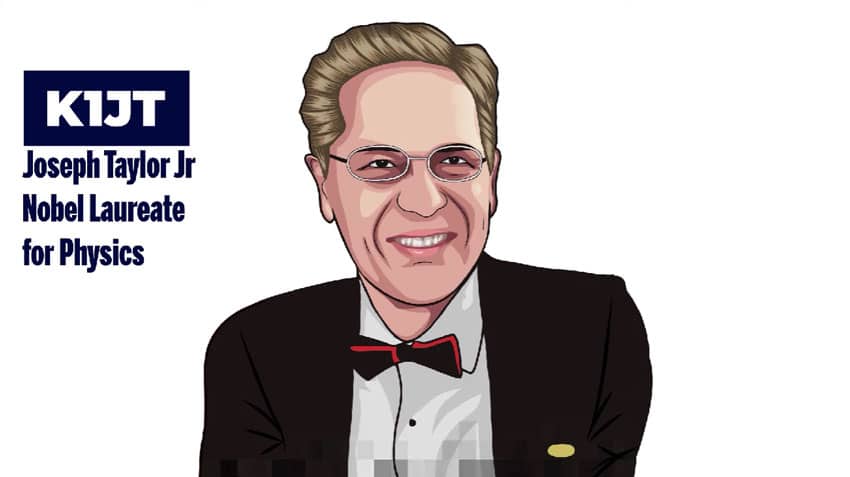
We know him as K1JT but rediscovering ham radio is something Dr. Joseph Taylor did after he won a Nobel Prize for his radio astronomy work focused on listening for messages from pulsars in outer space. That’s done through the WSJT software, which stands for “Weak Signal, Joe Taylor.”
Some Names you May Know
There are a few other hams whose names you might recognize. The “Tech Guy” Leo Laporte, is W6TWT. He runs the TWIT podcast network.
Rocker Joe Walsh of the Eagles is WB6ACU. He used to send Morse code from the back of a tour bus.
Joe’s friend is Bob Heil, K9EID. Bob invented instruments and created sound systems for stadium shows.
Don’t forget toolman Tim Allen – KK6OTD – who picked up his ham license after he played a ham on his TV show “Last Man Standing.”
Another is Dr. Tamitha Skov – WX6SWW – who appears on science shows spreading the word about how the sun and other space phenomenon impact the way our cell phones work.
One More Ham to Meet
Let me introduce you to one last ham; I’ll call him or her Elmer. He or she has taken on the mission of “public service communications.” Elmer spends evenings and weekends preparing and practicing their ham radio. Elmer wants to be ready to serve their community “when communications assistance is needed” like in blackouts or storms.
Elmer may live up the street from you. They are the neighbor with the strange antenna on their pickup truck, or the person along the marathon route sending messages back to race control.
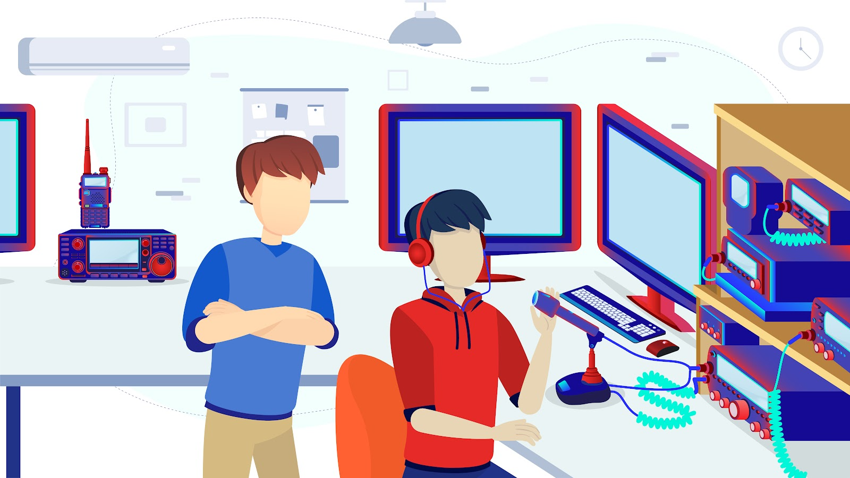
Elmer has additional training in communications to be federally certified above his or her ham license. They’ve joined groups with names like ARES and RACES. Elmer has a “go bag” with a radio and big battery. They can take that and stand on a street corner, ready to call the police if 911 goes out in Elmer’s town. Elmer is ready to jump in when something catastrophic happens in New Orleans or Puerto Rico, or any one of a bunch of small disasters here at home.
Now, Elmer really is a made-up name that represents thousands of people named Donna or Chuck, Jack or Patricia. People who have fun with their hobby, helping out with a local bike-a-thon or festival. People who know it’s all practice for something bigger they hope they never have to use.
In Ham Radio, we use the term Elmer as a mentor, helping one ham learn from the next.
Is there a benefit of Elmer sitting at their home station talking to other countries, or amateur satellites, or just a repeater across town? Yes, it’s practice. Practice to know how to get their antenna pointed, which of those 23 frequency bands to use, and how to get their gear set up in case of communications failures.
Recap
So a few celebrities, and mostly Elmers, are the people who make ham radio what it is. People talking internationally hoping to make contact with a king or just add a new country to their personal list. People with a thirst for knowledge about how radio works or how electronics works. People who want to help their community or others when communications networks like cellular and public safety are down.
Don’t forget the woman down the street who wants to fly a drone on some less busy ham frequencies. Or a guy who just thinks it’s cool he can go in his backyard and talk to someone thousands of miles away by using an amateur satellite. Or any other aspect of this mile-wide hobby I might have missed out on.
Every person’s experience with ham radio is different. What’s yours going to be? It doesn’t have to be a single one. You can start by talking across town and end with messages through the skies. Start by learning Morse code and sending messages from a radio the size of a mint tin. Morse isn’t required for you license these days, but a lot of cool kids still do it.
When you are ready to get started and join Elmer, and the others, visit us at Ham Radio Prep. We have easy to use license courses that will help you get your callsign and get on the air.
For more videos like this, please like and subscribe to our YouTube channel.
Check us out! We look forward to hearing you on the air soon. Until then, I’m Jim – N4BFR – 73 for now.

